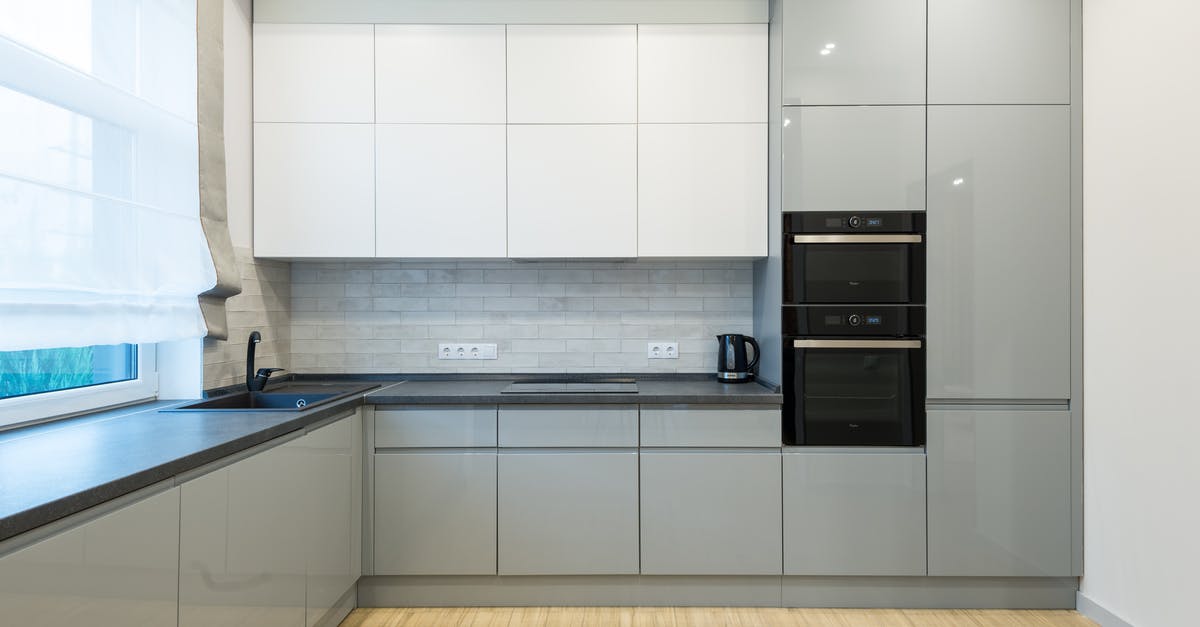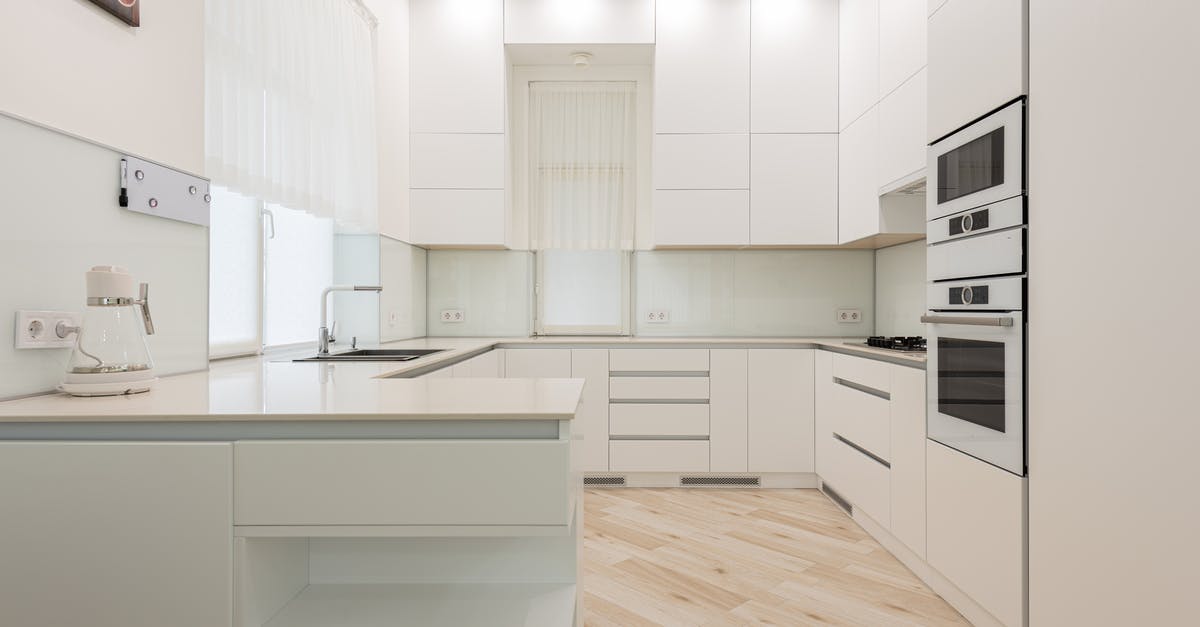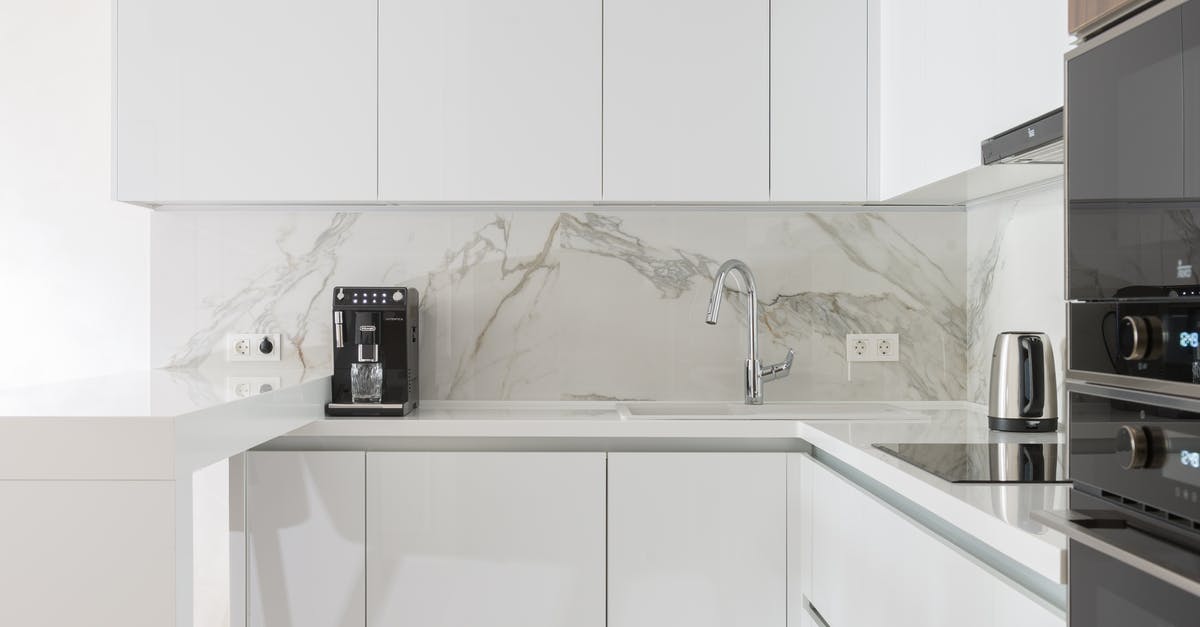How does a typical electric rice cooker work?

I have a cheap $15 rice cooker from my undergrad days (link). It has a metal pad on the bottom attached to a spring, a "Cook" switch (feels like a toaster lever), a "Cooking" light and a "Warm" light.
Generally speaking, how does a low-tech, electronic rice cooker work? Clearly the spring on the bottom is at play, as is the "Cook" switch.
Specifically:
- How does it know when the rice is "done"?
- What is the role of the spring pad on the bottom?
- How do the amounts (not just the ratio) of water and rice affect the timing?
- Is there a timing mechanism? Is there a temperature probe?
Bonus (since this isn't the main question): How can I use this knowledge to cook different amounts of rice or other things, such as lentils or beans, without resorting to directions online?
Best Answer
Inside the rice cooker, there's a thermostat monitoring the bowl's temperature (and kept in firm contact with the bowl via the spring). As long as the temperature doesn't go above the boiling point of water, the rice cooker keeps cooking. Once it goes slightly above that point, the water must have all boiled off or been absorbed, and that means the rice is done, so the cooker switches to a much lower "keep warm" setting. This approach works only for foods that start wet and are done once the standing water is gone, which is why automatic rice cookers are common but there's no comparably simple way to automatically cook pasta.
Fancy rice cookers can be far more elaborate (with microprocessors and whatnot), but simple rice cookers are very simple indeed, with no timing mechanism at all. This means they rely on putting in an appropriate amount of water for how much rice you are cooking. If you put in too little water, the rice cooker will stop when it's gone but the rice won't be done. If you put in too much, you'll get overcooked rice. Fortunately, rice is not super sensitive and you don't have to measure carefully, but you need to get it approximately right.
For different amounts of rice, you just have to scale the water accordingly. For lentils or beans, you'll have to use a different water ratio, and you should look it up for the beans you have in mind (and to make sure they can be cooked reasonably in a rice cooker in the first place); I don't know how to predict it from first principles.
Pictures about "How does a typical electric rice cooker work?"



Quick Answer about "How does a typical electric rice cooker work?"
The bowl is thin and made of a metal like aluminum that conducts electricity well. When the automatic rice cooker is turned on, the heater starts heating the bowl, which conducts the heat into the water and the rice. Because this mix is mainly water at this point, it heats up until it starts to boil.How rice cooker works step by step?
The appliance has a thermostat that can detect when the temperature rises above 212 degrees F in the container, and it turns itself off.How does a rice cooker know how long to cook rice?
After you turn on the rice cooker, the cooker does the rest of the work for you. You can focus on cooking the rest of your meal without needing to keep an eye on the rice cooker. If you use a pot on the stove, you may need to worry about watching the pot so that it doesn't overflow.Old-fashioned rice cookers are extremely clever
More answers regarding how does a typical electric rice cooker work?
Answer 2
The Thermostat used in the simple, non-programmable ones is actually often a magnet, attached to where the heating element meets the pot, that works a magnetic catch for the on switch. Magnets stop being magnets at a defined temperature, dependent on their exact material composition. Once that temperature is reached, the magnetic catch is also rendered ineffective.
Answer 3
A rice cooker typically has some kind of temperature sensor (a thermistor). This indicates when the contents are cooked based on the assumption that the ratio of water to rice is close enough that the rice is done when all the water has been absorbed or evaporated and the temperature of the metal plate rises to above 100 degrees C. The cooker can then switch from cook mode to warm mode.
Answer 4
To answer about timing. It all comes down to how much water in relation to rice and how fast the rice takes up the water. Example, Brown rice takes longer to cook almost 30 percent longer, because the brown rice takes up the water at a different rate. I use twice the amount water for the rice if its white and slightly more for brown if I want it softer.
Sources: Stack Exchange - This article follows the attribution requirements of Stack Exchange and is licensed under CC BY-SA 3.0.
Images: Max Vakhtbovych, Max Vakhtbovych, Max Vakhtbovych, Max Vakhtbovych
